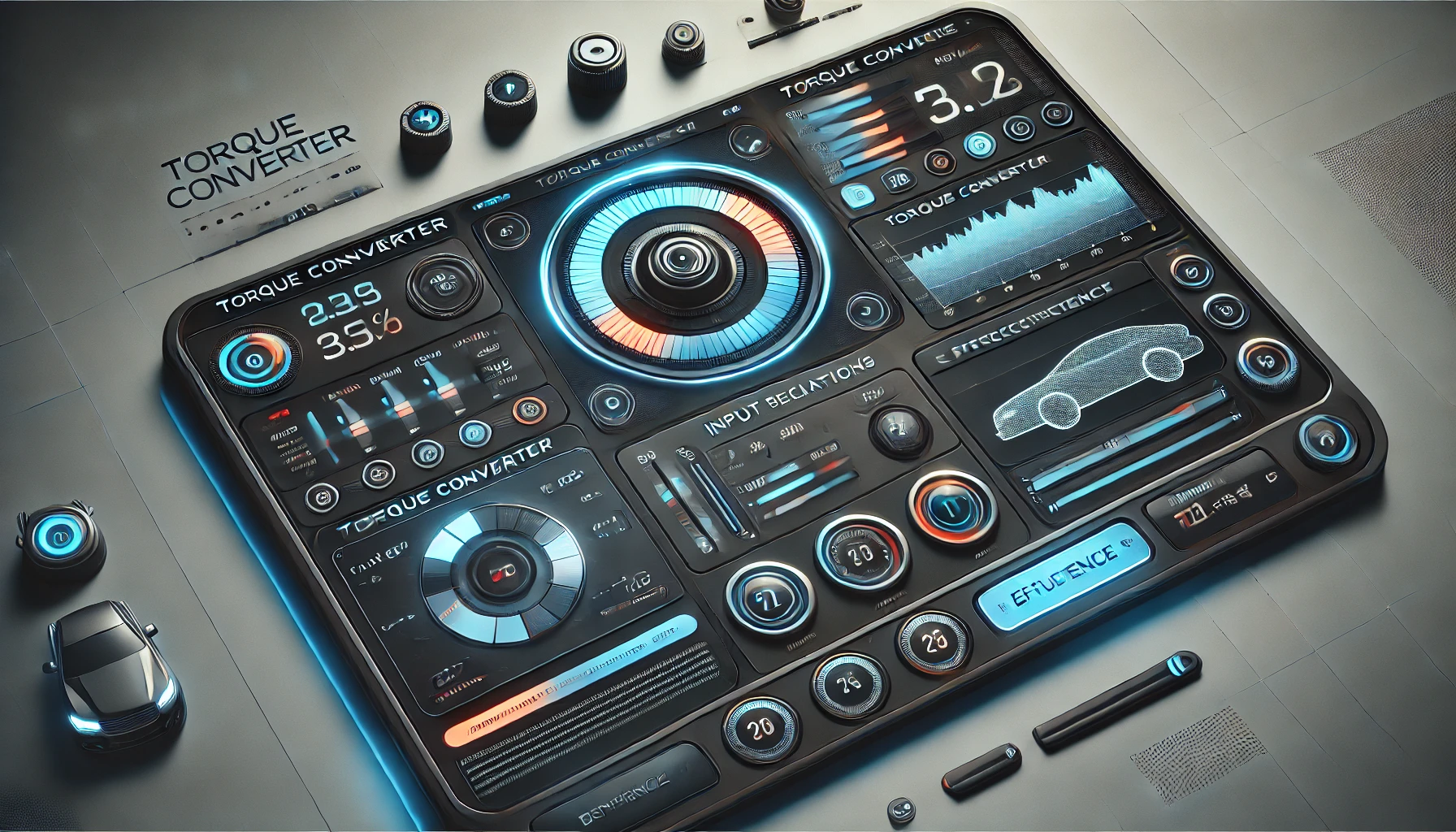Torque Converter
𝐜𝐨𝐧𝐯𝐞𝐫𝐭 𝐭𝐨𝐫𝐪𝐮𝐞 𝐮𝐧𝐢𝐭𝐬 𝐮𝐬𝐢𝐧𝐠 𝐨𝐮𝐫 𝐫𝐞𝐥𝐢𝐚𝐛𝐥𝐞 𝐓𝐨𝐫𝐪𝐮𝐞 𝐂𝐨𝐧𝐯𝐞𝐫𝐭𝐞𝐫 𝐭𝐨𝐨𝐥. 𝐒𝐰𝐢𝐭𝐜𝐡 𝐛𝐞𝐭𝐰𝐞𝐞𝐧 𝐧𝐞𝐰𝐭𝐨𝐧 𝐦𝐞𝐭𝐞𝐫𝐬, 𝐟𝐨𝐨𝐭 𝐩𝐨𝐮𝐧𝐝𝐬, 𝐢𝐧𝐜𝐡 𝐩𝐨𝐮𝐧𝐝𝐬, 𝐚𝐧𝐝 𝐨𝐭𝐡𝐞𝐫 𝐮𝐧𝐢𝐭𝐬 𝐬𝐞𝐚𝐦𝐥𝐞𝐬𝐬𝐥𝐲, 𝐜𝐚𝐭𝐞𝐫𝐢𝐧𝐠 𝐭𝐨 𝐦𝐞𝐜𝐡𝐚𝐧𝐢𝐜𝐬, 𝐞𝐧𝐠𝐢𝐧𝐞𝐞𝐫𝐬, 𝐚𝐧𝐝 𝐚𝐮𝐭𝐨𝐦𝐨𝐭𝐢𝐯𝐞 𝐞𝐧𝐭𝐡𝐮𝐬𝐢𝐚𝐬𝐭𝐬 𝐝𝐞𝐚𝐥𝐢𝐧𝐠 𝐰𝐢𝐭𝐡 𝐭𝐨𝐫𝐪𝐮𝐞 𝐜𝐚𝐥𝐜𝐮𝐥𝐚𝐭𝐢𝐨𝐧𝐬.
Share on Social Media:
Torque Conversion Calculator: Accurate Torque Unit Conversion
PDFSeoTools.com introduces a professional Torque Conversion Calculator designed for engineers, mechanics, automotive professionals, and DIY enthusiasts. Our tool provides instant, precise conversions between all major torque measurement units, ensuring accuracy in your mechanical calculations and projects.

Why Choose Our Torque Conversion Calculator?
✅ Instant Real-time Conversion - Results update as you type
✅ Comprehensive Units - 10+ torque units supported
✅ Engineering Accuracy - Professional-grade calculations
✅ Mobile-Optimized - Works perfectly on all devices
✅ 100% Free - No registration or hidden costs
Supported Torque Units
Metric Units
Newton-meter (N·m)
Kilogram-force meter (kgf·m)
Kilogram-force centimeter (kgf·cm)
Dyne-centimeter (dyn·cm)
Imperial/US Units
Pound-force foot (lb·ft)
Pound-force inch (lb·in)
Ounce-force foot (oz·ft)
Ounce-force inch (oz·in)
Common Conversion Examples
| From | To | Result |
|---|---|---|
| 1 N·m | lb·ft | 0.737562 lb·ft |
| 1 lb·ft | N·m | 1.35582 N·m |
| 1 kgf·m | N·m | 9.80665 N·m |
| 10 lb·in | N·m | 1.12985 N·m |
Who Needs This Torque Calculator?
🔧 Automotive Professionals
Torque wrench settings
Engine specifications
Repair and maintenance
🏭 Engineering Applications
Mechanical design
Manufacturing specifications
Quality control
🔩 DIY & Home Mechanics
Vehicle maintenance
Equipment repair
Project building
🎓 Education
Engineering students
Physics classes
Technical training
Torque Conversion Formulas
| Conversion | Formula |
|---|---|
| N·m to lb·ft | lb·ft = N·m × 0.737562 |
| lb·ft to N·m | N·m = lb·ft × 1.35582 |
| kgf·m to N·m | N·m = kgf·m × 9.80665 |
| lb·in to N·m | N·m = lb·in × 0.112985 |
Frequently Asked Questions (FAQs)
1. What is torque and why is conversion important?
Torque is a rotational force measurement. Conversion is crucial when working with international specifications, different tool calibrations, or various measurement standards in automotive and engineering applications.
2. What torque units does your calculator support?
We support all major units including:
Newton-meter (N·m)
Pound-foot (lb·ft)
Pound-inch (lb·in)
Kilogram-force meter (kgf·m)
Kilogram-force centimeter (kgf·cm)
3. Is this torque conversion calculator free to use?
Yes! PDFSeoTools Torque Conversion Calculator is completely free with no registration required. Unlimited conversions at no cost.
4. How accurate are the conversion results?
All conversions use internationally recognized conversion factors ensuring 100% mathematical accuracy suitable for professional engineering and automotive applications.
5. Can I use this for automotive torque specifications?
Absolutely! Our calculator is perfect for:
Converting vehicle torque specs
Torque wrench settings
Engine repair specifications
Mechanical assembly requirements
Start converting torque units instantly! Visit our tool at:
pdfseotools.com-torque-converter
PDFSeoTools.com offers a complete suite of free online tools for engineering calculations, unit conversions, and technical applications. Explore our website for more useful utilities!